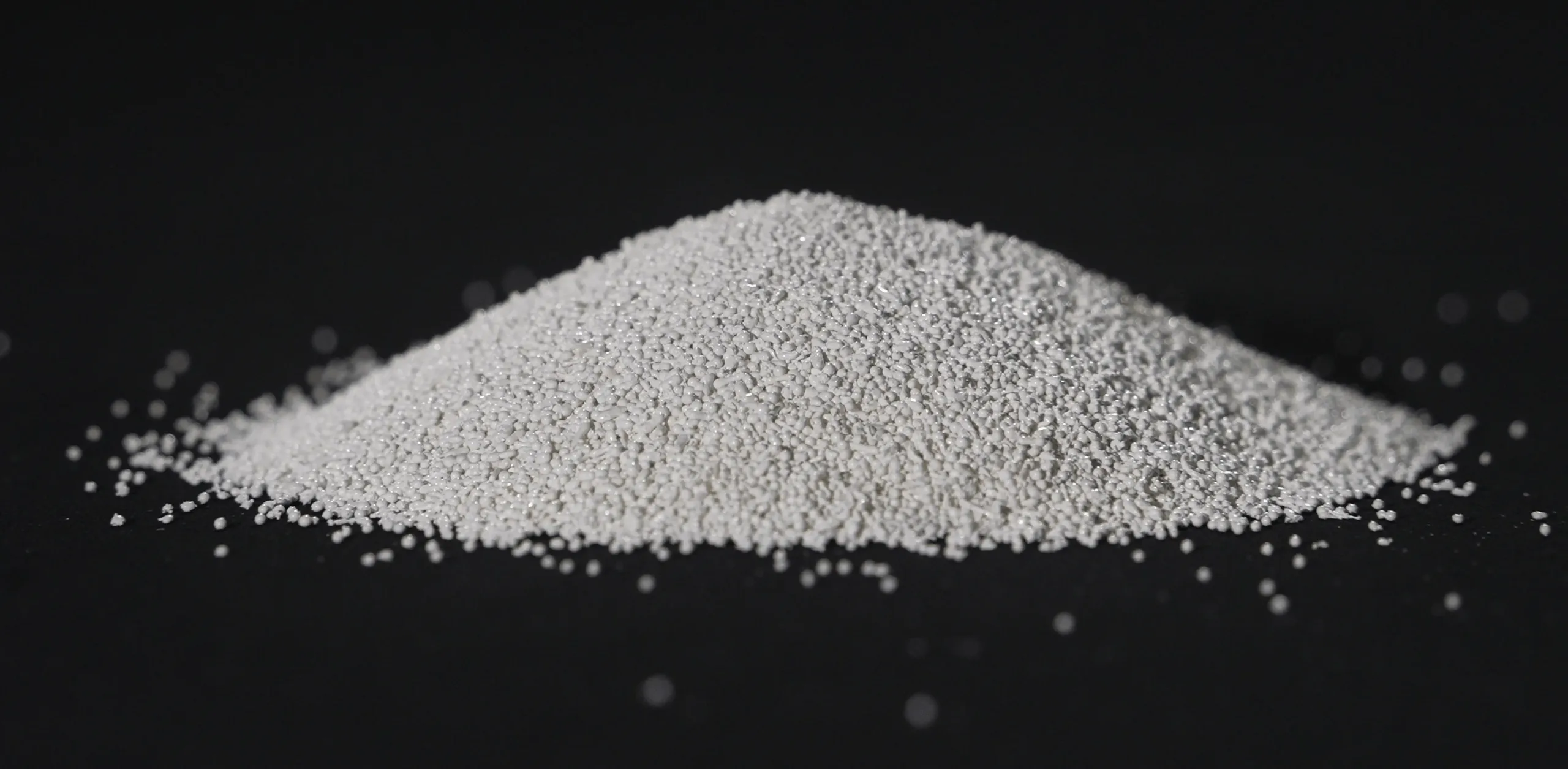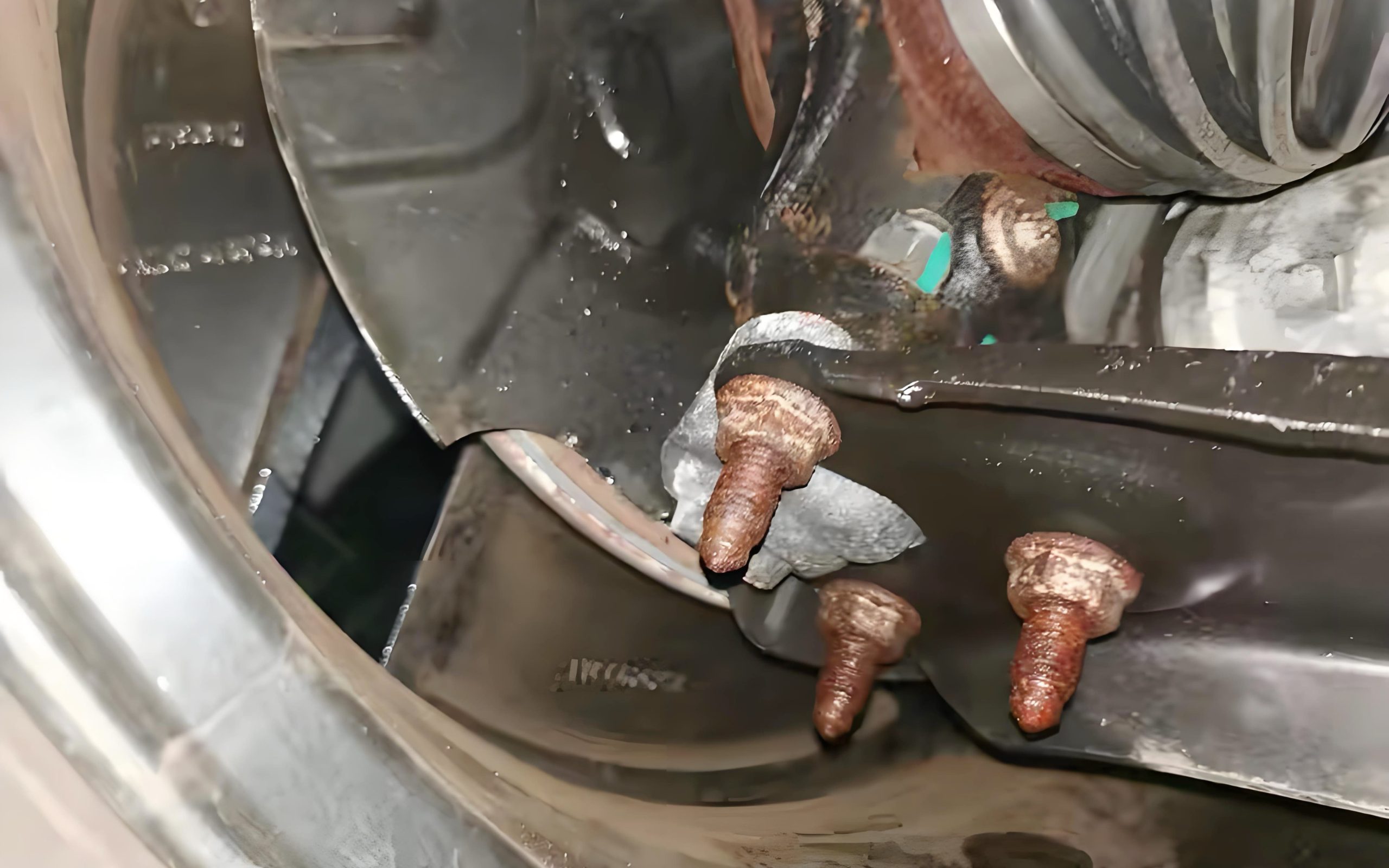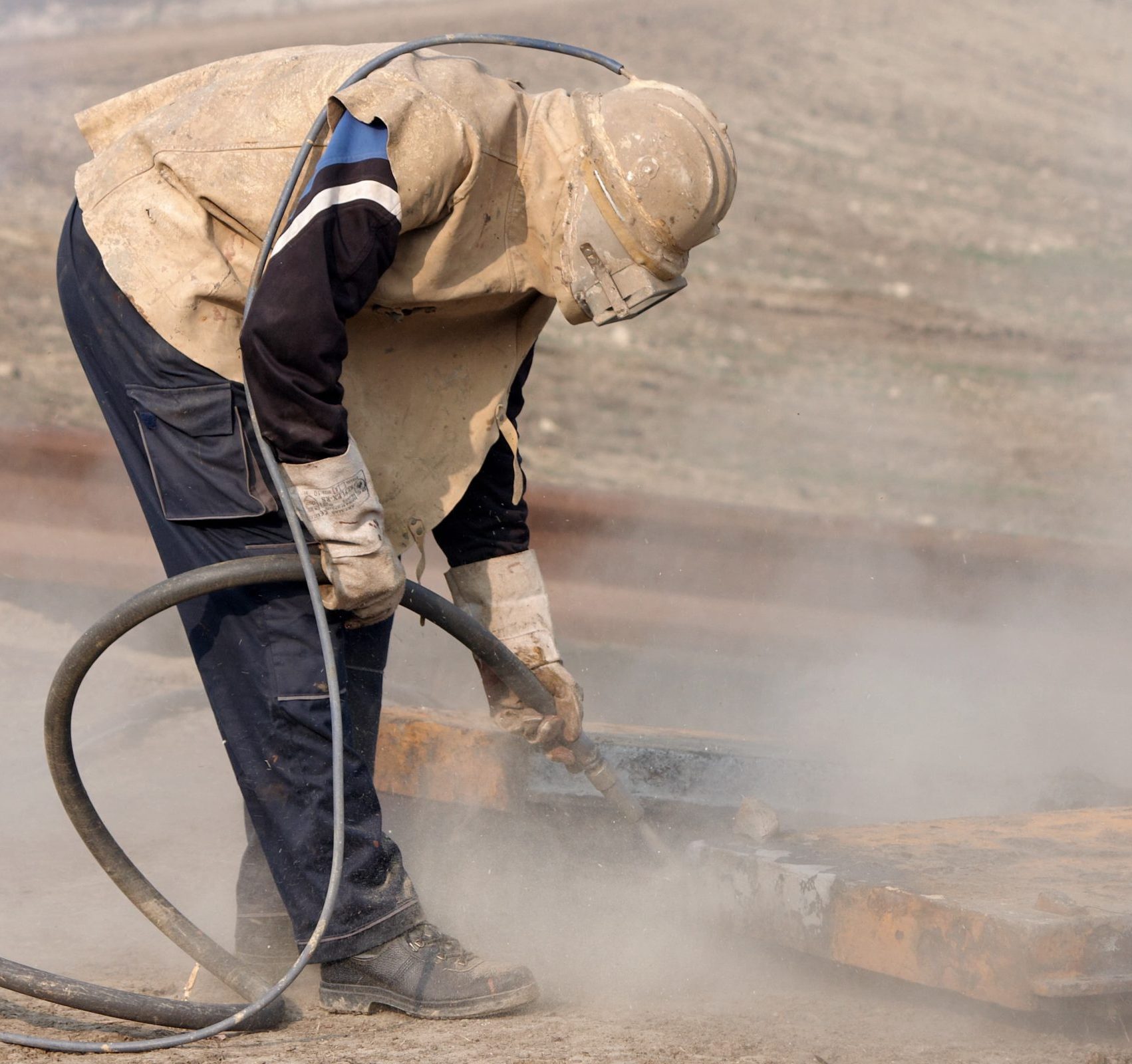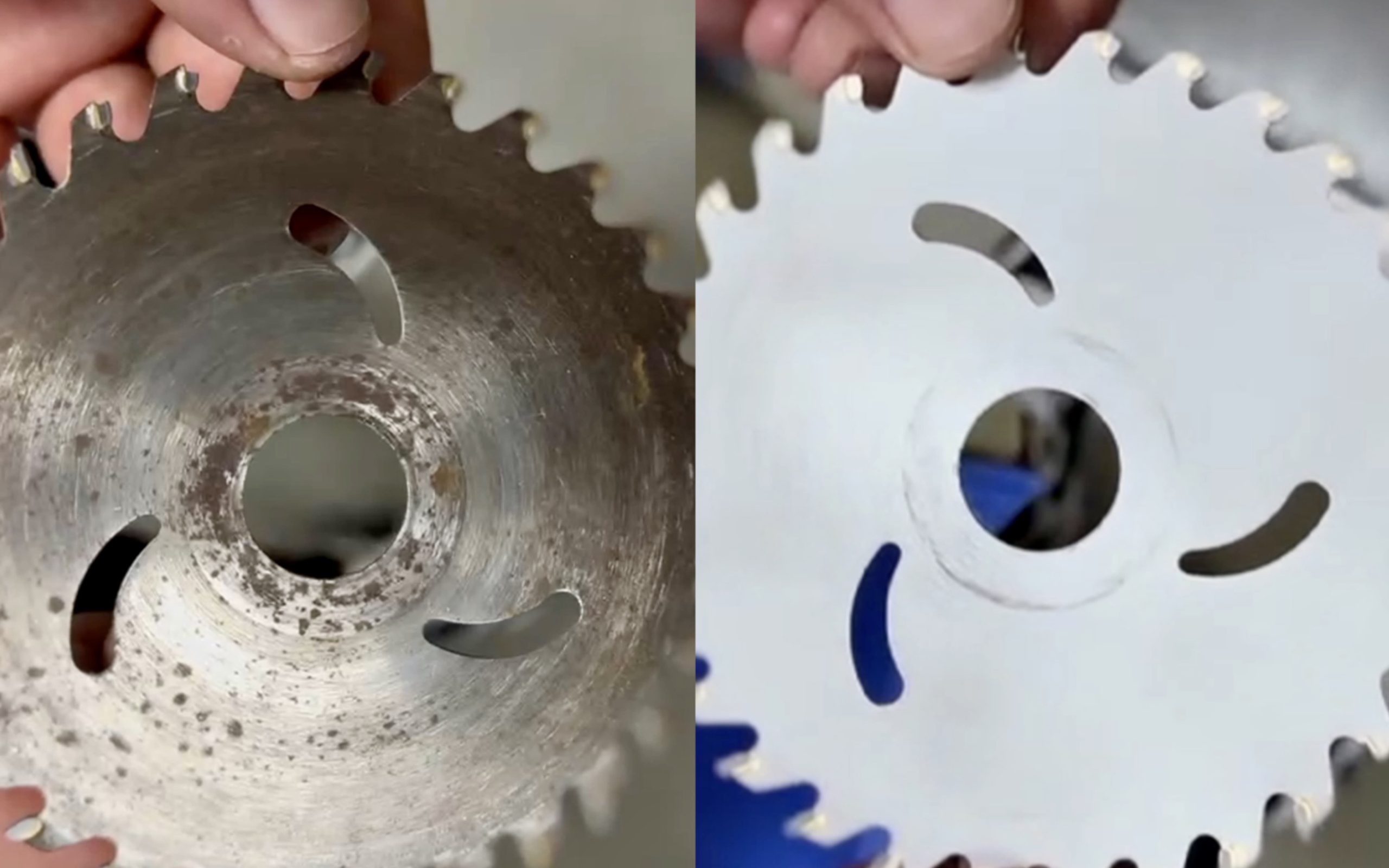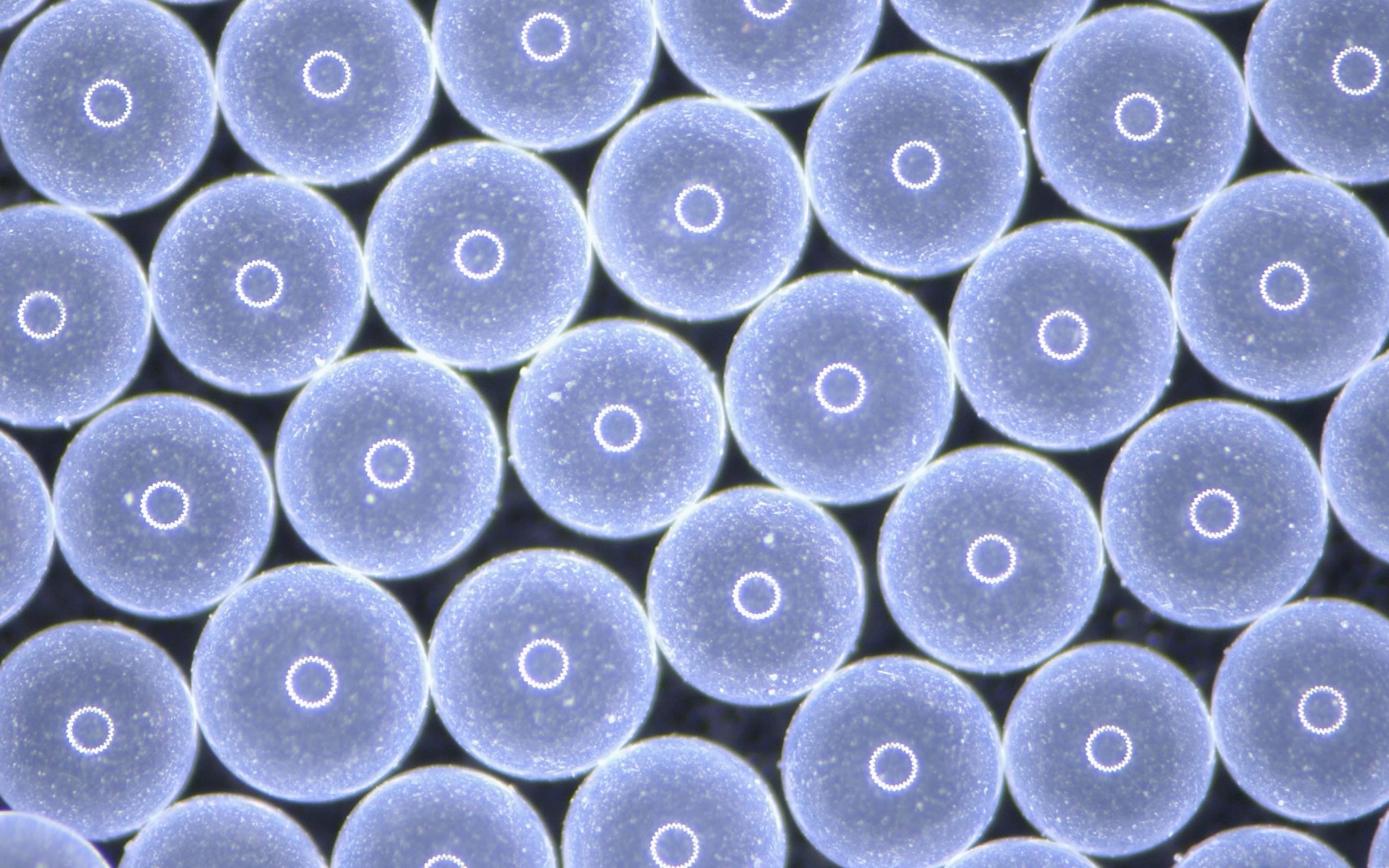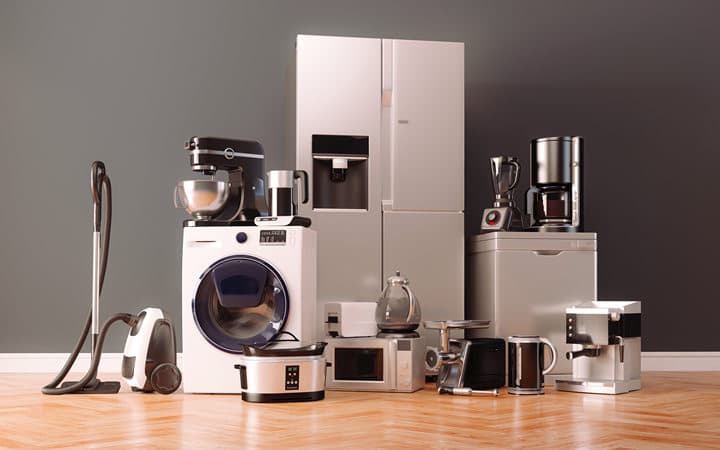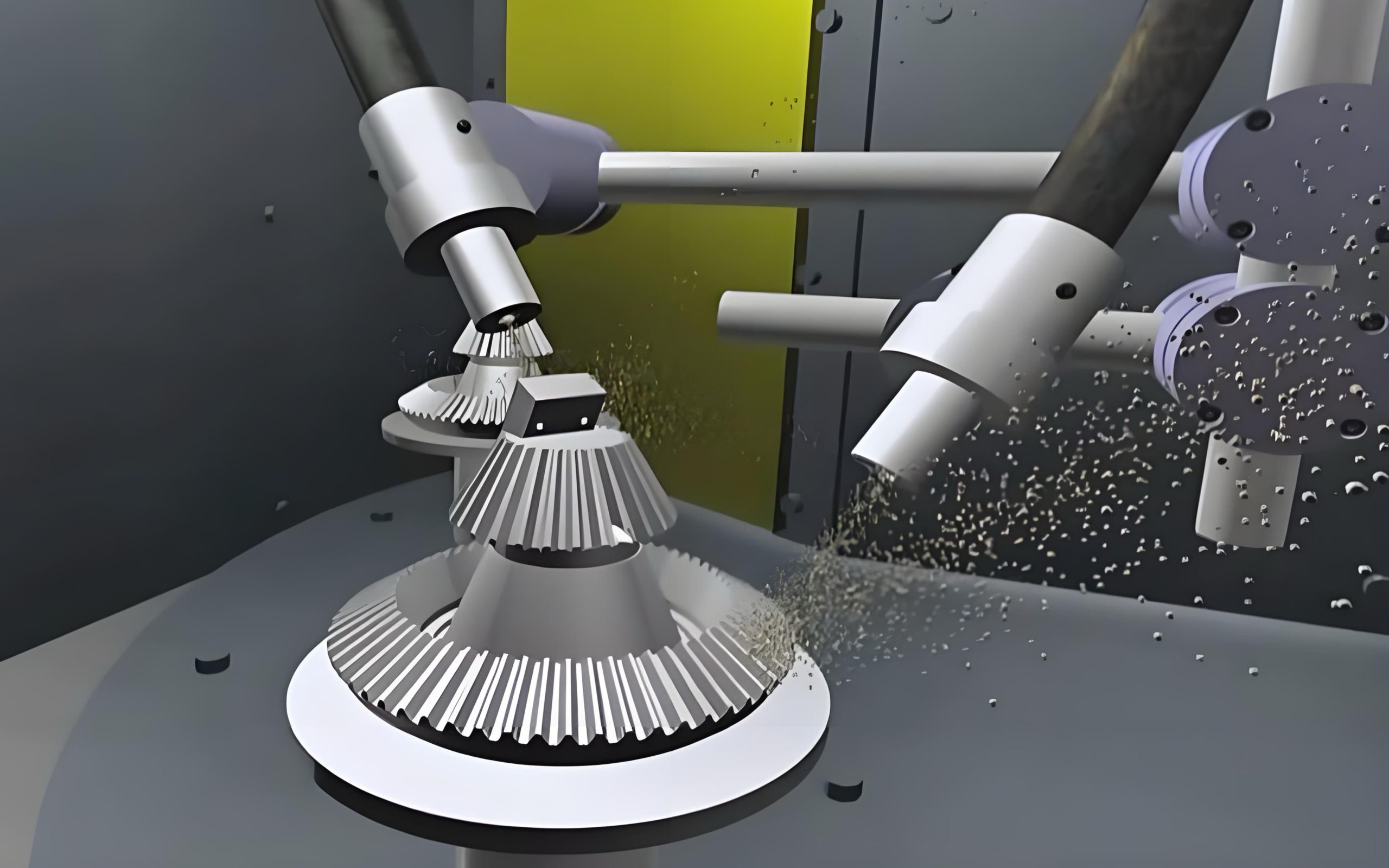How to polish marble surfaces with sandblasting?
November 5, 2024
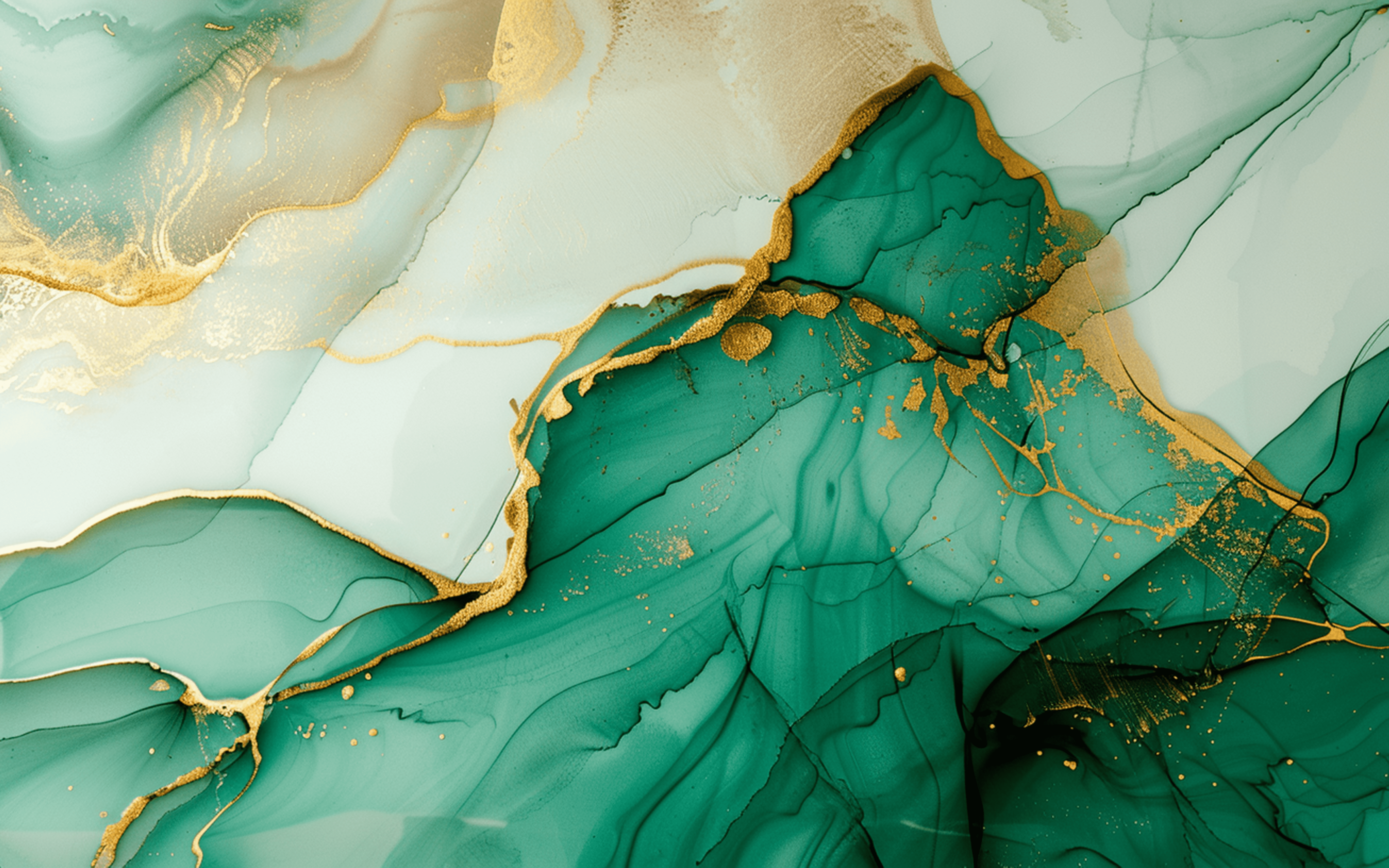
As a high-end building and decorative material, marble is popular for its unique patterns, delicate texture, and durability. However, untreated marble surfaces are usually not glossy enough and do not have ideal anti-fouling ability. Polishing becomes an indispensable process to make marble show the best visual effect and meet high standards of durability. Sandblasting technology is valued for its efficiency and controllability among the many polishing methods. This article will start with the polishing needs of marble, explore the practical application of sandblasting technology in marble polishing, and recommend suitable sandblasting equipment and abrasives for different application scenarios to help you choose the most suitable polishing solution.
About marble polishing
Characteristics of marble
Marble is a metamorphic rock whose main component is calcium carbonate (CaCO₃) and contains varying degrees of mineral impurities. These impurities give marble its unique patterns and colors, making it attractive as a decorative material. However, the characteristics of calcium carbonate also make the marble surface prone to scratches, stains, and chemical corrosion. Therefore, polishing marble can significantly improve its surface gloss, wear resistance, and stain resistance.
Common types of marble include white marble, gray marble, and black marble. Marbles of different colors and compositions have different requirements for polishing. For example, white marble is usually used for wall and floor decoration, and can show a high gloss effect after polishing; while black marble can show a mirror-like texture after polishing, which is suitable for high-end decoration places.
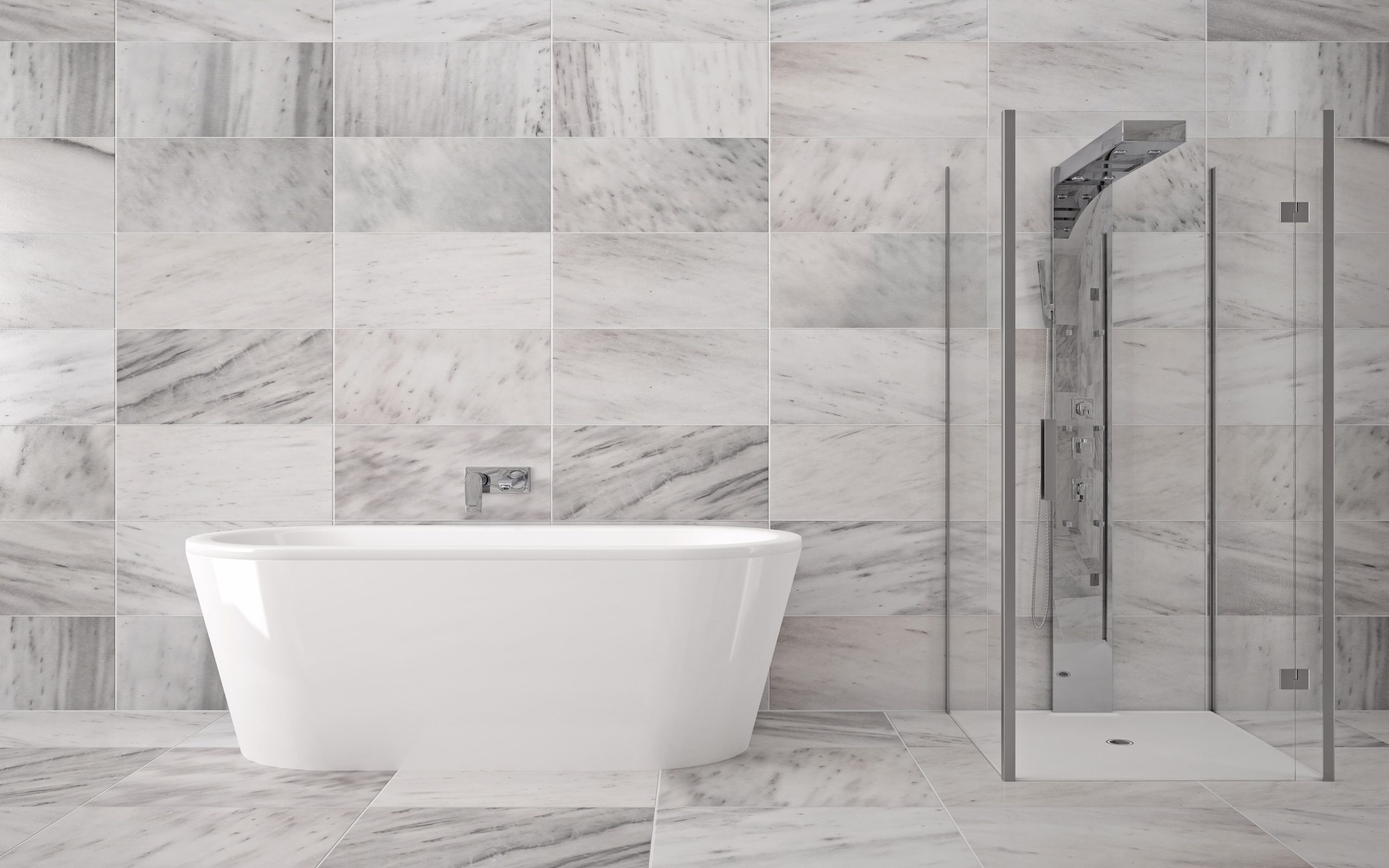
Spa bathroom with white marble walls
Polishing goals
The core purpose of polishing is to provide a smooth, mirror-like texture to the marble surface so that it can reach a higher standard in terms of aesthetics and functionality. Specifically, the goals of polishing include:
- Enhance gloss: Polishing can make the marble surface have a mirror-like reflective effect, especially suitable for spaces with high decorative requirements, such as luxury homes and hotel lobbies.
- Improve stain and wear resistance: Polishing can make the marble surface smoother, reduce the presence of pores, reduce the possibility of stains, and make it easier to clean.
- Increase space brightness: The high reflectivity of the polished marble surface can increase the brightness of the room, making the space appear more spacious and bright.
Polished marble is not only more visually attractive but also has a longer service life in commercial applications and can withstand wear and tear in high-traffic areas. These advantages make marble polishing an indispensable step in high-end decoration and construction.

Black marble with a mirror effect
Common marble polishing methods
Common methods for polishing marble include mechanical polishing, chemical polishing, and sandblasting polishing, each of which has its own unique effects and applicable scenarios.
Mechanical polishing
Mechanical polishing is the physical friction of the marble surface with electric or pneumatic equipment, sandpaper, or polishing pads. This method is suitable for removing surface defects and obtaining basic gloss. When dealing with rough raw marble, mechanical polishing is usually the first step. The advantages of this method are simplicity and efficiency, and it is suitable for small marble surfaces, such as tabletops and sinks.
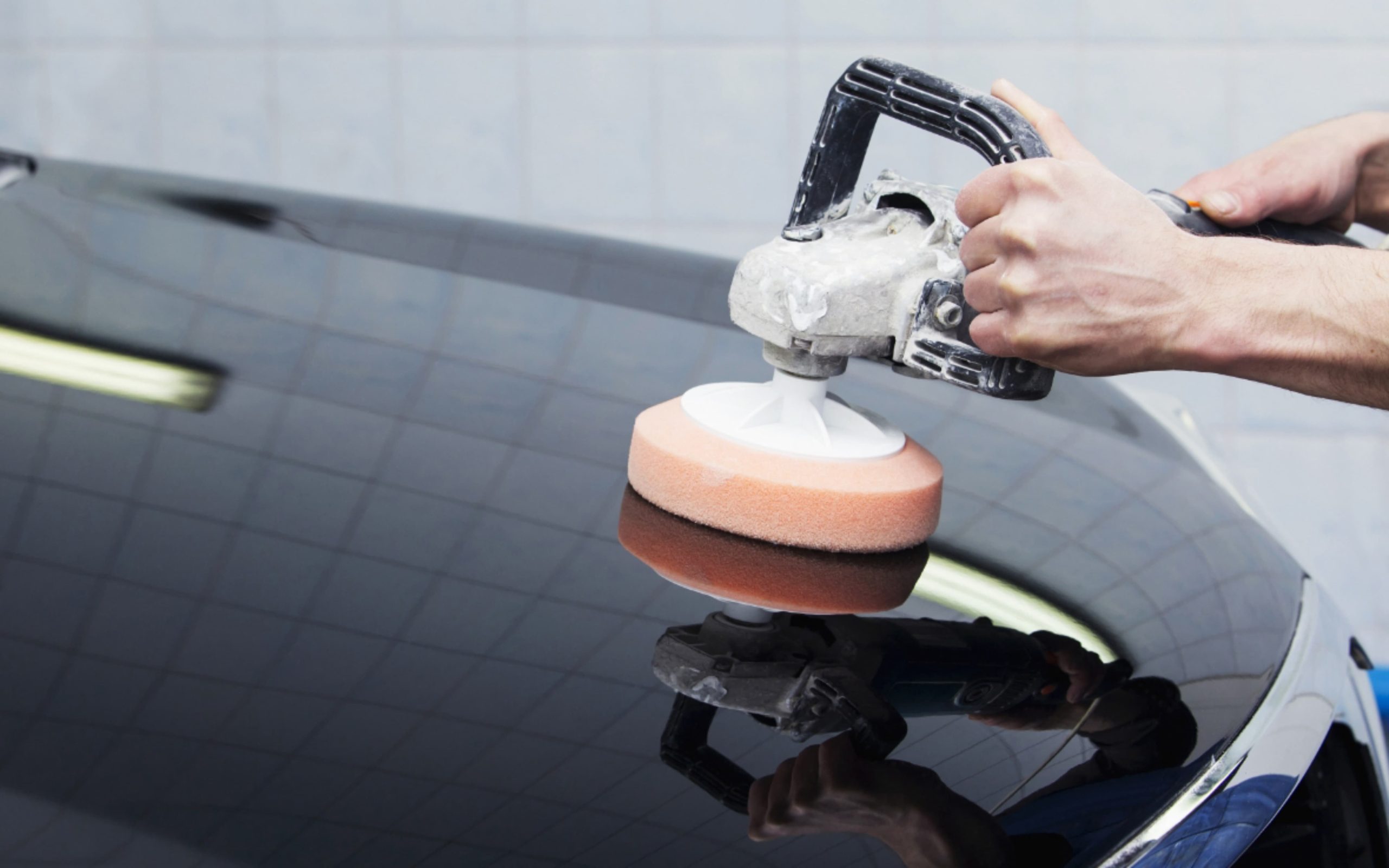
The process of using the polishing machine
Chemical polishing
Chemical polishing treats the marble surface with acidic or alkaline solutions to achieve a smoother effect. Chemical polishing is suitable for small areas and finely carved marble surfaces, such as marble sculptures and decorations with complex details. Although chemical polishing can provide better gloss, it is less used in practical applications because it has high requirements for the operating environment and safety.
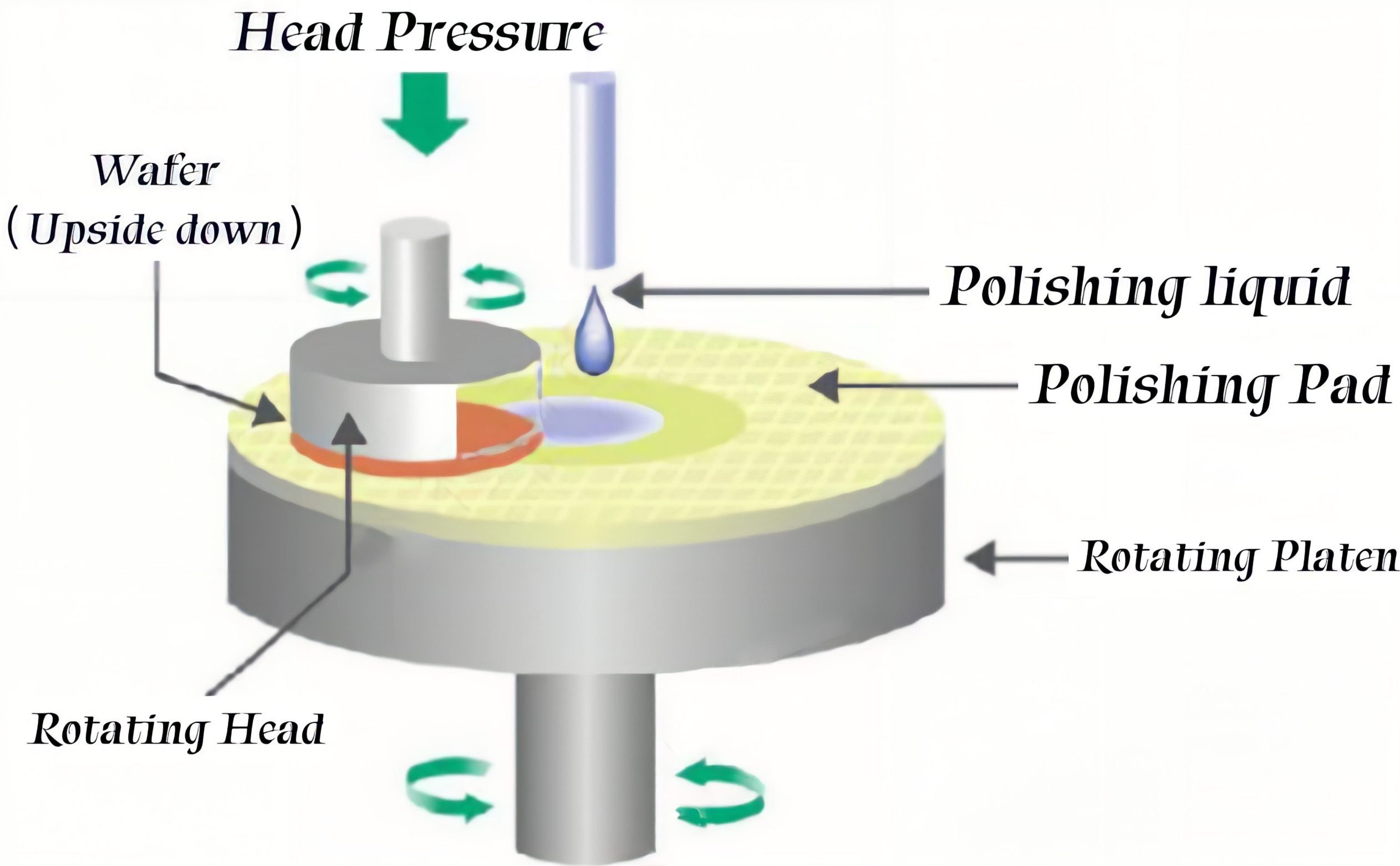
Chemical polishing diagram
Sandblasting polishing
Sandblasting polishing is the use of compressed air to spray abrasives at high speed onto the marble surface, and the impact of the abrasives is used to achieve surface flattening and gloss improvement. Compared with traditional polishing methods, sandblasting polishing has significant advantages in efficiency and controllability. By adjusting the type, size, and spray speed of the abrasive, the roughness of the marble surface can be precisely controlled to achieve the ideal glossiness. In addition, sandblasting technology is suitable for large-scale operations, especially for large-scale decoration projects such as marble floors and walls.
Application scenarios of marble polishing
Home design
In-home design, mirror-polished marble is often used in kitchen countertops, bathroom counters, and dining tables. Sandblasting polishing technology can make the surface of home marble more textured and beautiful, and easy to clean and maintain. In addition, the highly smooth surface makes the space appear brighter, and suitable for modern and simple home style.
Commercial Space Design
In commercial spaces such as shopping malls and hotel lobbies, mirror-polished marble floors and walls are often used to create an atmospheric and solemn atmosphere. Sandblasting polishing technology can help commercial marble achieve the ideal smoothness and reflective effect, making the space more spacious and bright, and helping to enhance the customer’s spatial experience.
Art Sculptures and Crafts
In the field of art sculptures and marble crafts, mirror polishing can combine the natural texture of marble with high gloss to enhance the visual effect of the work. Sandblasting polishing technology provides sculptors with a precise surface treatment method so that every detail can be exquisitely presented, suitable for display and collection.
Architectural decoration
In high-end architectural decoration, marble mirror polishing is widely used on walls, floors, and decorative columns. Its high gloss effect can enhance the visual sense of the space and make the architectural decoration more luxurious. Sandblasting polishing can ensure that each piece of marble has a uniform gloss and smoothness, adding color to the overall decorative effect.
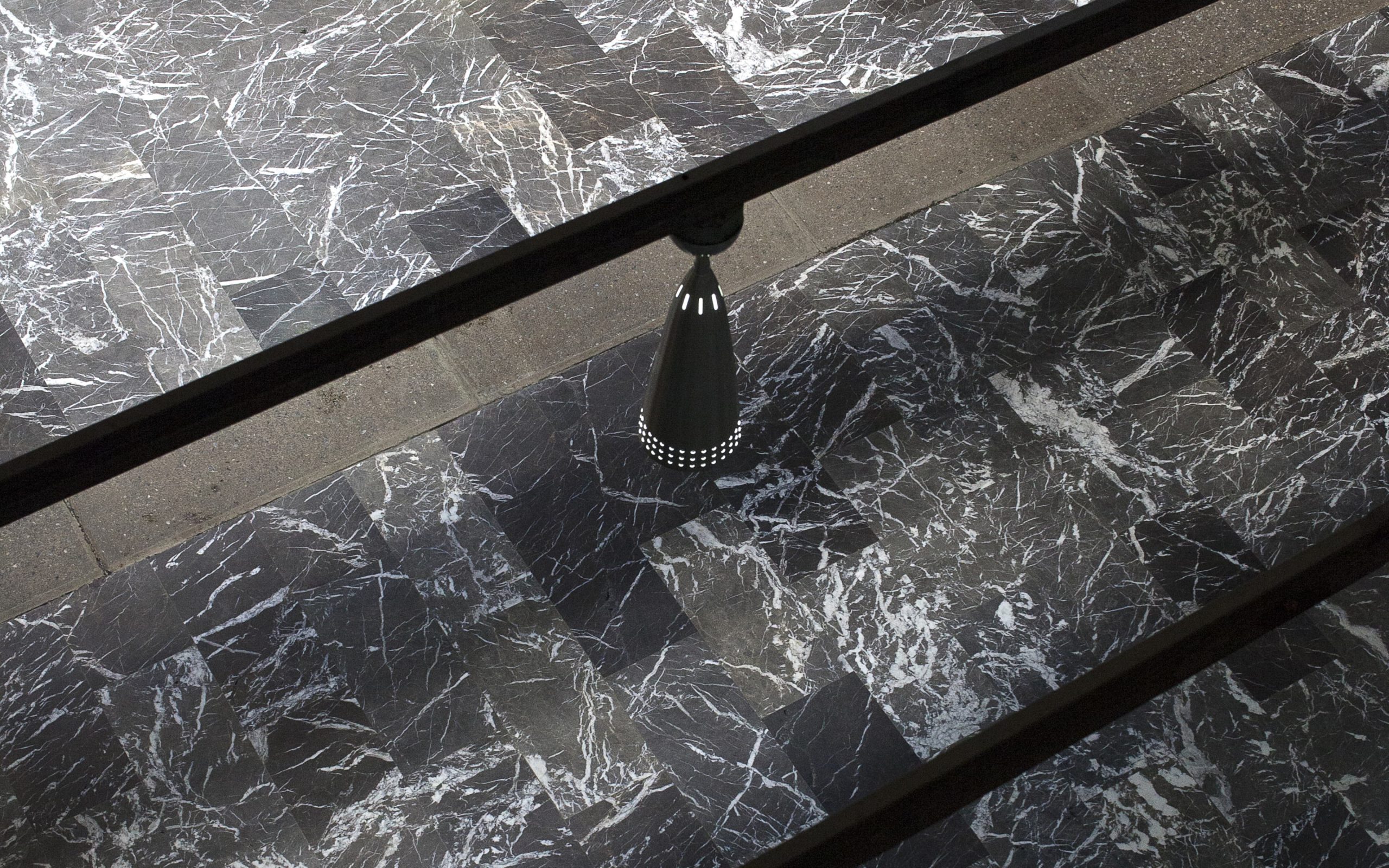
Marble floor in high-end hotel
How to achieve the polishing effect of marble?
When using sandblasting technology to mirror-polish marble, each step of the operation needs to be precisely controlled to ensure the best smoothness and reflective effect. The following are the commonly used sandblasting polishing steps to bring a high-gloss mirror effect to the marble surface:
Surface cleaning and pretreatment
Before sandblasting polishing, the marble surface must first be cleaned and pretreated to remove dust, grease, and other possible stains. This is a necessary step that cannot be omitted because any residual impurities will affect the uniformity and effect of polishing. First, clean the surface with a mild detergent and a soft cloth, and make sure the marble is completely dry before proceeding to the next step.
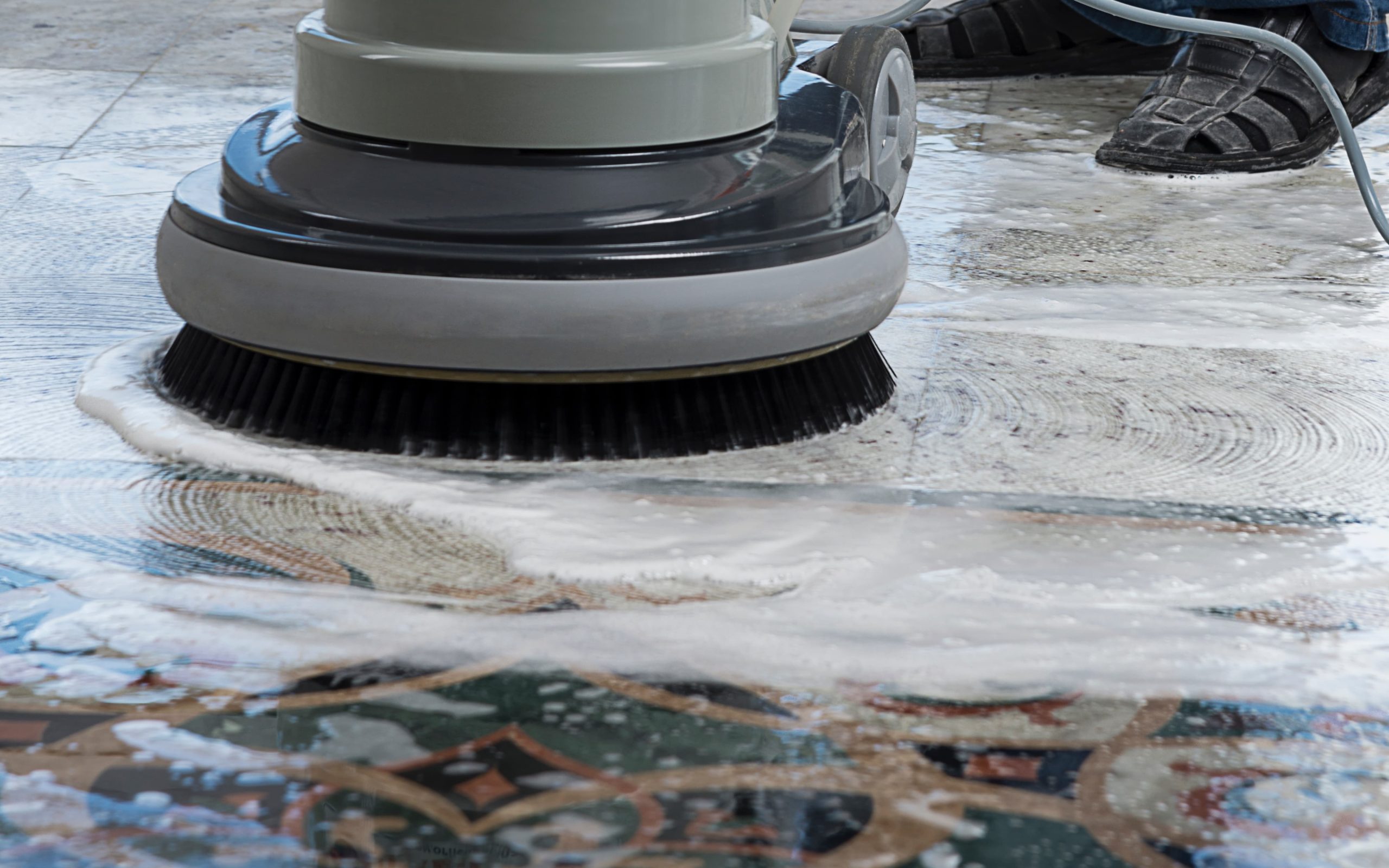
Surface cleaning
Preliminary sandblasting: removing rough spots on the surface
The preliminary sandblasting stage uses a coarser medium, such as larger particles of aluminum oxide or ceramic beads, to remove irregularities and deeper scratches on the marble surface. This process can make the marble surface reach basic flatness, laying the foundation for detailed polishing. It should be noted that the sandblasting pressure should be controlled at this stage to avoid unnecessary damage to the marble.
Medium sandblasting: surface smoothing treatment
After the preliminary treatment, choose a medium with smaller particles (such as finer aluminum oxide or glass beads) for medium sandblasting. The purpose of this stage is to further smooth the marble surface and gradually improve its finish. Medium sandblasting can effectively remove tiny scratches, make the surface more uniform and smooth, and prepare for the final mirror effect.
Fine sandblasting: achieving mirror effect
The fine sandblasting stage uses finer media (such as ultra-fine ceramic beads or glass beads) to precisely control the formation of fine textures and reflectivity on the surface through low-pressure spraying. At this stage, the marble surface will gradually present a high-gloss mirror effect. Usually, to avoid the occurrence of tiny scratches and flaws, the sandblasting speed and distance should be kept uniform during operation.
Polishing and sealing treatment
After completing fine sandblasting, polishing, waxing or sealing treatment can be carried out to further enhance the gloss of marble, especially in places where the mirror effect needs to be maintained for a long time (such as hotel lobbies, exhibition halls, etc.). Sealing treatment can effectively prevent the intrusion of external moisture and dirt, enhance the durability and beauty of the marble surface, and maintain the mirror effect for a long time.
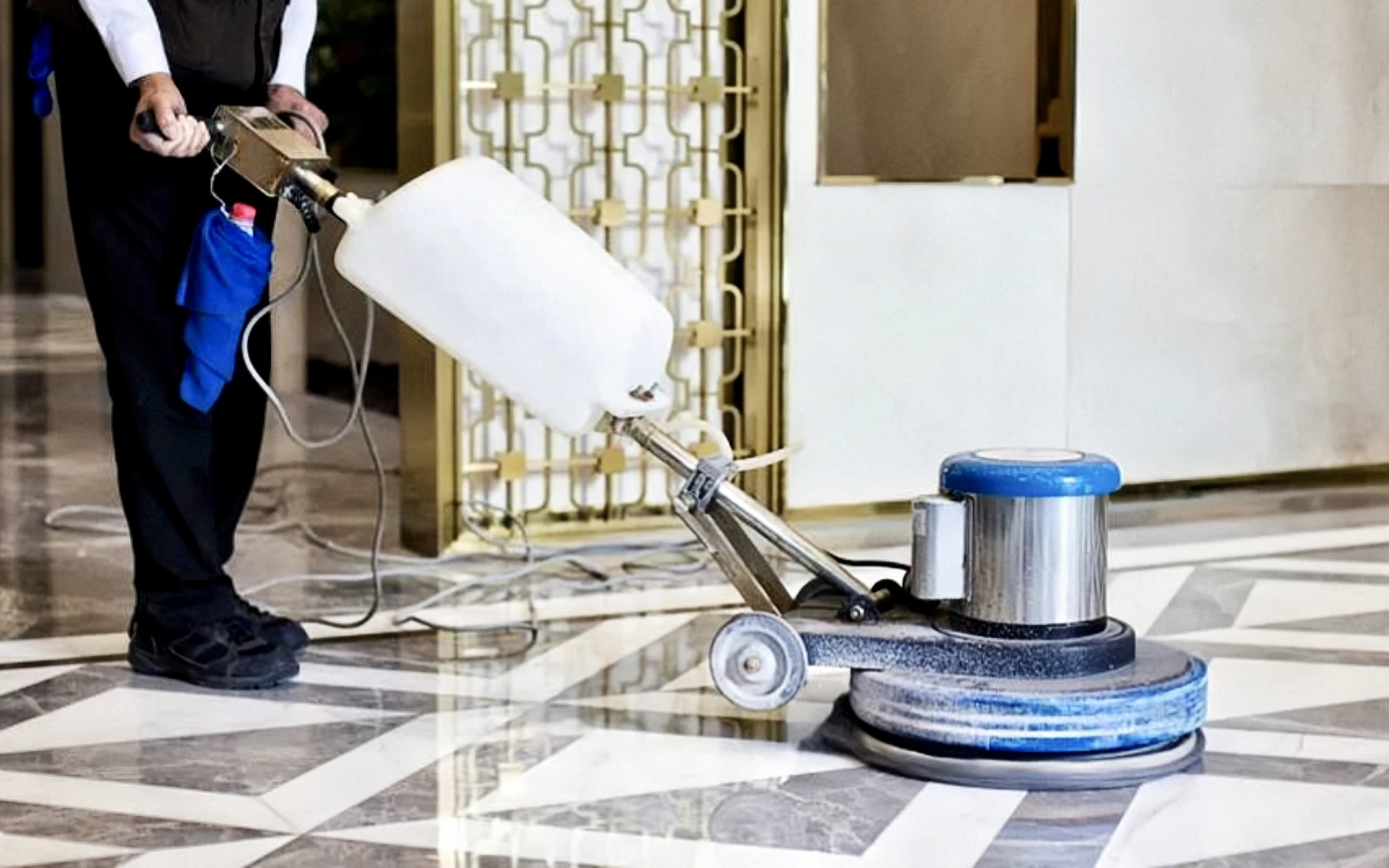
Polishing and waxing stage
Sandblasting equipment suitable for marble polishing
In the sandblasting and polishing process of marble, it is very important to choose the right sandblasting equipment. Because the marble surface is usually large in area, the convenience, efficiency, and operational flexibility of the equipment are required to be high. Here are a few types of equipment suitable for polishing marble surfaces:
Handheld sandblasters
Handheld sandblasters are easy to operate and are suitable for local repairs or detail processing. For example, when certain areas of a marble floor are worn or scratched, a handheld sandblaster can accurately polish these areas to achieve a uniform surface effect. Due to their small size and lightweight, handheld sandblasters are also particularly suitable for DIY enthusiasts and small-scale home improvement projects.
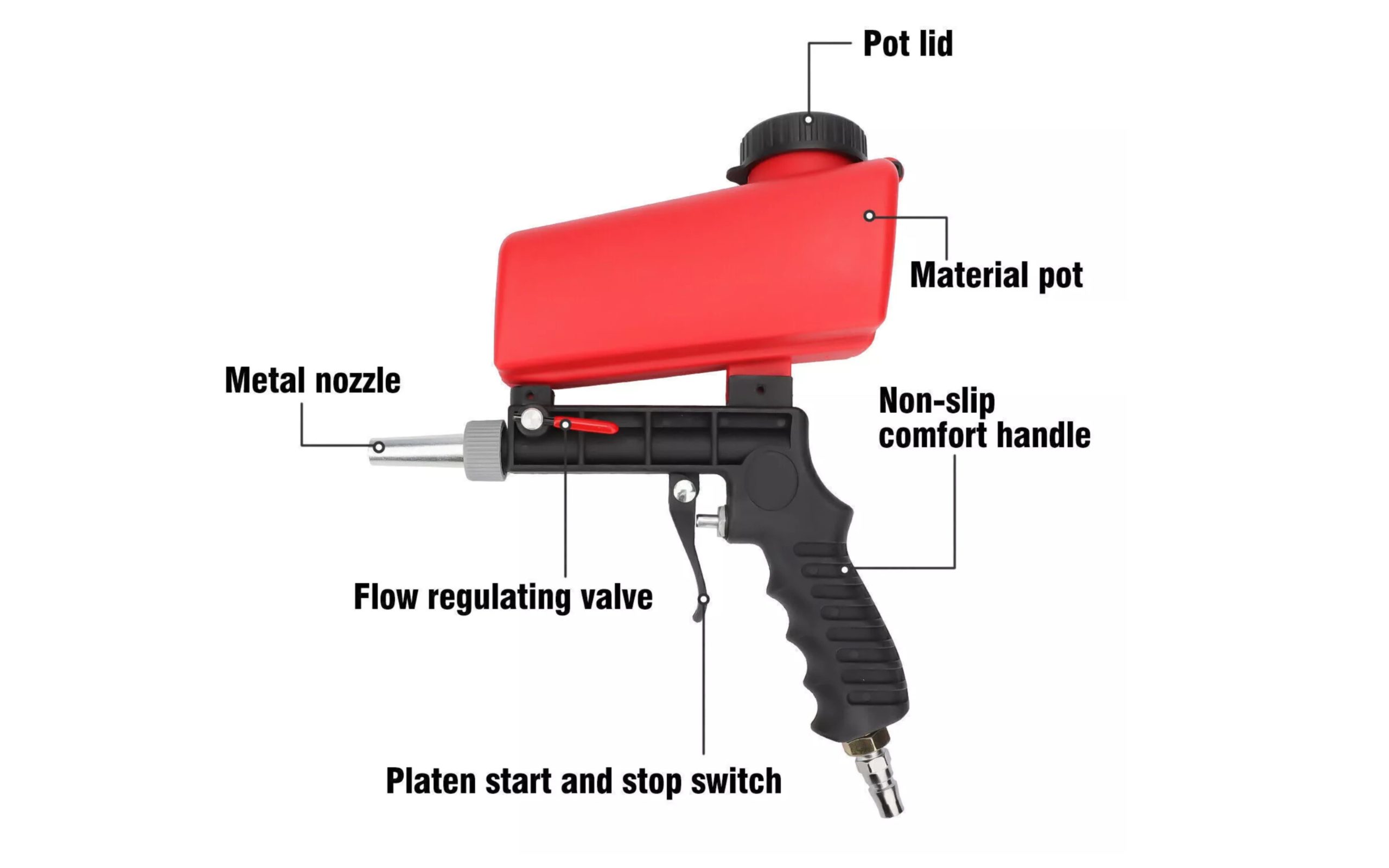
Handheld sandblasting machine
Portable sandblasting equipment
Portable sandblasting equipment is suitable for medium-sized marble polishing operations. Compared with handheld equipment, it has higher power and larger sandblasting capacity, so it is suitable for polishing tasks with larger areas. For example, when polishing marble surfaces such as hotel lobbies and shopping mall floors, portable equipment can significantly improve work efficiency. In addition, its portability also makes it easy to move flexibly between different work locations.
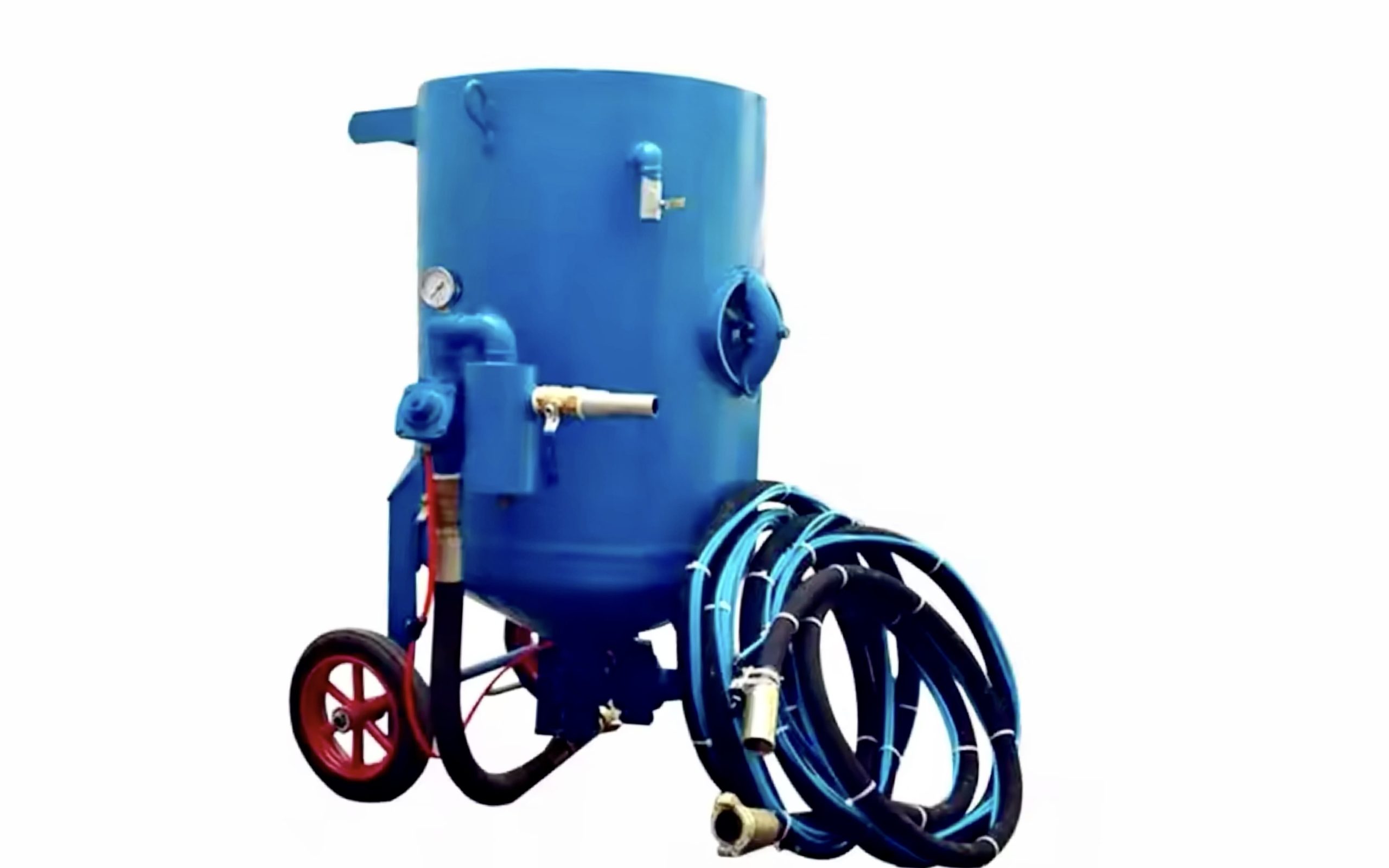
Portable sandblasting equipment
Automated sandblasting machine
Automated sandblasting machines are a more ideal choice for large commercial marble surfaces (such as hotel lobbies, airports, museum floors, etc.). This type of equipment usually has programmable polishing modes, which can achieve uniform and efficient sandblasting operations. In addition, the automatic sandblasting machine has high operating stability and is suitable for long-term operation, ensuring consistent polishing effects on large marble surfaces. For professional teams pursuing efficient, stable, and consistent polishing effects, the automatic sandblasting machine is undoubtedly the best choice.
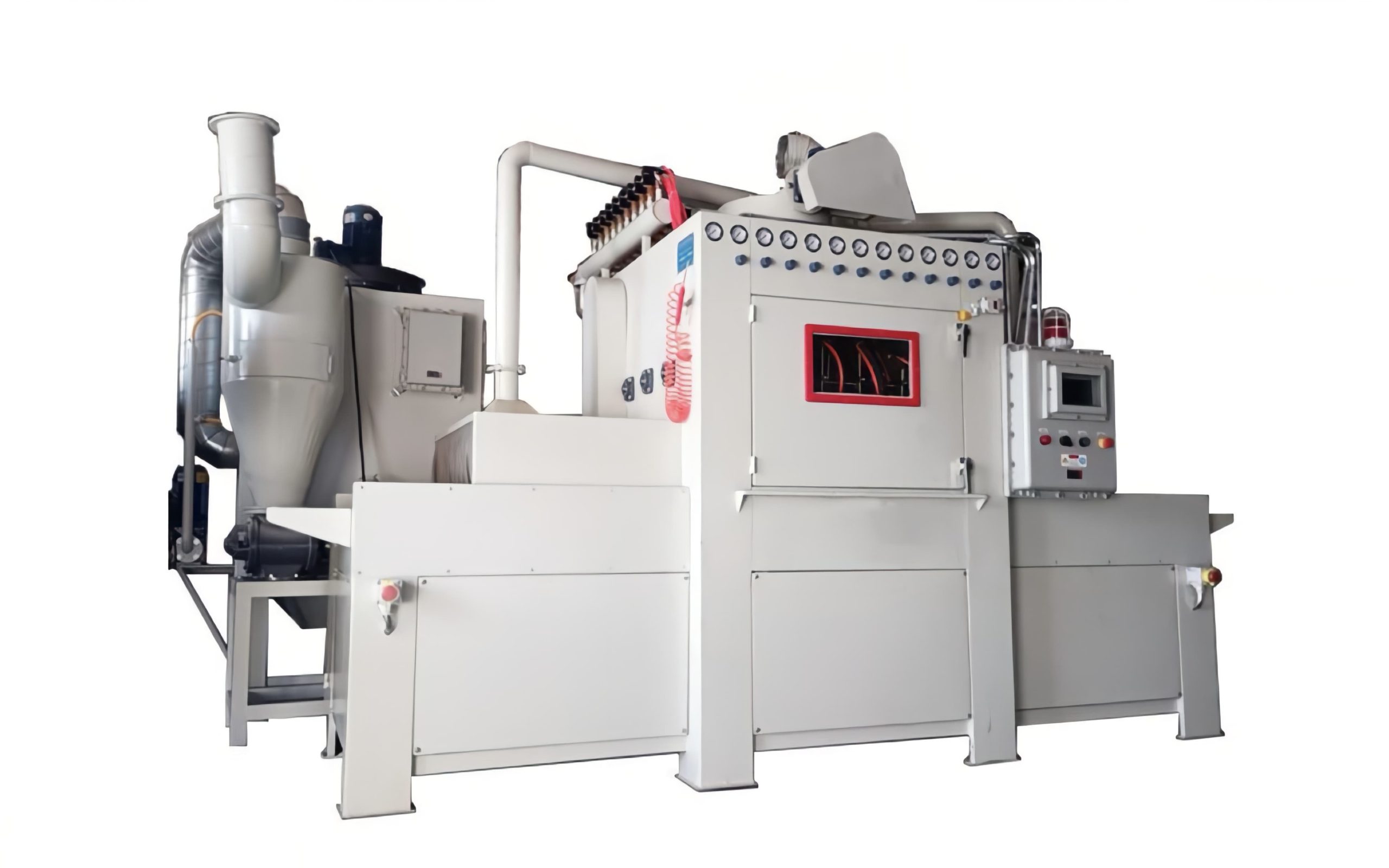
Automatic sandblasting machine
Sandblasting media suitable for marble polishing
Choosing the right sandblasting media is the key to achieving the ideal mirror effect. According to the characteristics of marble and polishing requirements, the following media perform well in the polishing process:
Aluminum oxide
Aluminum oxide media has strong cutting force and is suitable for the pretreatment stage of marble surfaces. Using aluminum oxide in the early stage of polishing can effectively remove stubborn stains, oxide layers, and other contaminants on the surface, making the marble surface smoother and preparing for subsequent fine polishing. Aluminum oxide has a high hardness and can effectively remove surface roughness, but the amount and spraying time must be carefully controlled to avoid over-polishing.
Ceramic beads
Ceramic beads have moderate hardness and good durability, making them suitable for high-pressure sandblasting polishing. Its advantage is that it can reduce tiny scratches without damaging the marble and make the surface smoother. Ceramic beads are particularly suitable for the final stage of mirror polishing, which can further improve the surface finish and reflectivity. In addition, ceramic beads are economical and durable and are ideal for large-area polishing operations.
Glass beads
Glass beads are a sandblasting medium widely used for marble polishing. They have a relatively uniform particle size and have a good grinding effect on the marble surface. Glass beads can remove minor surface defects while leaving a smooth and uniform surface, laying the foundation for subsequent mirror polishing. In addition, the physical properties of glass beads are relatively mild, and the shape is round and uniform, which can reduce damage to marble, so they are suitable for the final polishing of surface details.
Effect of abrasive size and hardness on finish
Abrasives of different sizes and hardness will directly affect the finish and reflectivity of the marble surface. Generally speaking, coarser abrasives are suitable for preliminary treatment and can efficiently remove surface irregularities; while finer abrasives are suitable for final fine polishing, which helps to achieve a high-gloss mirror effect. Therefore, in the final stage of marble mirror polishing, the selection of fine abrasives is crucial to achieve a higher reflectivity and smoothness of the surface.
The application of sandblasting polishing in marble mirror processing provides an effective way to add value to the construction and decoration industries. After sandblasting, marble not only improves the gloss and visual effect of the surface but also increases durability and anti-pollution. By properly selecting sandblasting abrasives and equipment, professionals can achieve the ideal mirror effect to meet the needs of various fields. This technology effectively enhances the beauty and service life of marble, and further expands its application value in architectural decoration and art.



